by John Kennedy Ohl
Most writings about World War II tend to attribute the success or failure of military operations to the skill with which generals and admirals handled their forces in battle and to the fighting abilities of soldiers, sailors, and airmen. While usually dramatic and entertaining to readers, these writings frequently ignore, or at best treat in a cursory manner, the crucial role of logistics in the conduct of the war. Logistics encompasses almost everything related to military activities besides strategy and tactics; however, at its most immediate level, it is essentially the art of moving military forces and keeping them supplied. Logistics has always been a concern of military leaders. In earlier times, it was a relatively humdrum activity that often entailed little more than armies living off the land. More recently, as nations have engaged in greater and greater struggles and as technology has made warfare increasingly complex, logistics has become a major endeavor. Modern armies, navies, and air forces possess ravenous appetites for men and materiél. Many times during World War II, victory or defeat in a military operation depended on the ability to provide these forces with proper logistical support.
Operation Matterhorn, the U.S. Army Air Forces’ (AAF) first strategic bombing campaign against Japan, illustrates the pivotal role logistical support plays in the outcome of an operational plan. Matterhorn was conceived in the fall of 1943 when the AAF’s most advanced bomber, the Boeing B-29 Superfortress, went into mass production. Designed as a long-range strategic weapon that could penetrate the very heart of the enemy’s homeland and destroy its war machine, the B-29 had a much longer range (4,100 miles at a maximum speed of 358 mph) and a larger payload capacity than any other bomber in service. Originally, the B-29 had been earmarked for the air offensive in Europe, but production delays postponed the date of quantity delivery to the point where it was deemed too late for the plane to be a decisive component in the bombing of Germany.
The AAF then turned its attention toward the use of B-29s in a war-winning air assault against Japan from bases in the Mariana Islands in the western Pacific. These bases, however, were not expected to be ready before the end of 1944. Rather than see the B-29 committed to tactical operations, from which it might not be redirected to the strategic air war against Japan, the AAF devised a new plan for the bomber’s introduction to combat.
Dubbed Matterhorn, the plan called for B-29s stationed in India to attack Japan from staging facilities in China, the closest base area to Japan then under Allied control. Matterhorn missions, scheduled to begin in the spring of 1944, would weaken Japan’s war-making capability by striking vital industrial targets. Also, by inflicting punishment on the Japanese homeland, the B-29 raids would signal the ultimate triumph of the Allies. In this respect, Matterhorn missions would hopefully shore up the flagging morale of the Chinese Nationalist forces of Generalissimo Chiang Kai-shek, which many feared might soon collapse because of war weariness.
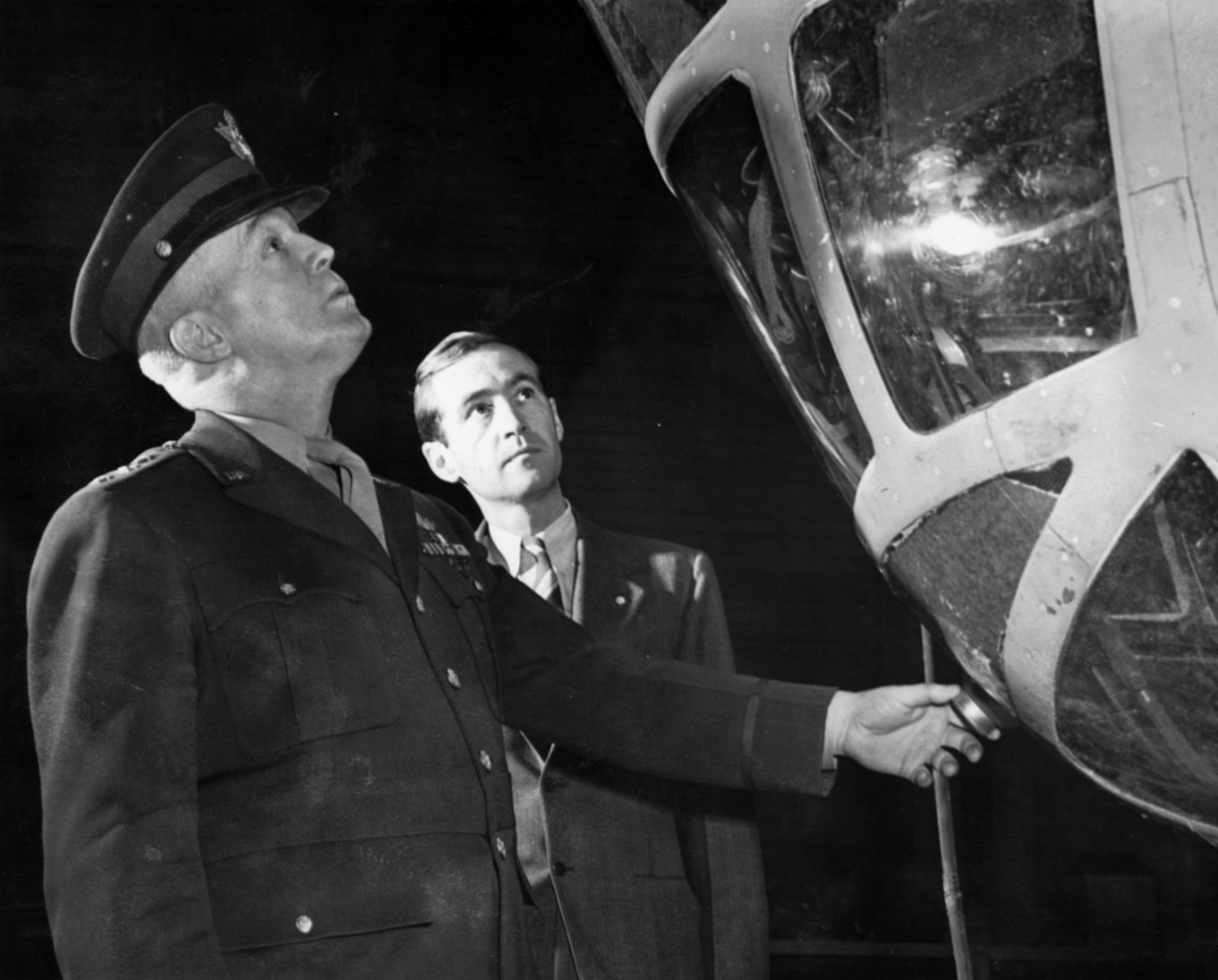
From the outset, the Joint Logistics Committee of the U.S. Joint Chiefs of Staff (JCS), the Joint Staff Planners of the JCS, and Maj. Gen. Claire Chennault, commander of the China-based U.S. Fourteenth Air Force, argued that Matterhorn was logistically unfeasible. The operation called for a massive commitment of a new bomber in a theater—the China-Burma-India Theater (CBI)—that had a comparatively low priority in the Allied war effort, possessed excessively long supply lines, and had been pushed to the limit to meet its existing logistical requirements.
Calcutta, India, the theater’s principal port, was choked with materiél slated for other Allied operations. Airfields to accommodate the B-29s would have to be built in India and China at a time when Allied service units were straining to complete a number of difficult construction projects, including the building of roads, docks, and bridges and the laying of pipelines. And the only supply line from India to China, the 1,200-mile “Hump” air route across the Himalayan Mountains, was already overtaxed by the demands of the Allied air and ground units that were fighting the Japanese in eastern China.
To minimize the B-29s’ impact on the CBI’s resources, Matterhorn was to be completely self-sustaining. Relying mostly on local labor, special airfields for the B-29s would be constructed in India and China. In addition, the XX Bomber Command, the AAF headquarters charged with carrying out Matterhorn, would be responsible for meeting all of its supply needs in India and for transporting its fuel, bombs, spare parts, and ammunition over the “Hump.”
Despite the concerns of skeptics, U.S. President Franklin D. Roosevelt saw Matterhorn as an opportunity to do something for Chinese morale, while General Henry “Hap” Arnold, AAF commander, viewed it as a way to further his dream of autonomous strategic air power. Contending that Matterhorn was “bold but entirely feasible,” they won the support of Chiang and British Prime Minister Winston Churchill at the Sextant Conference, held at Cairo, Egypt, in the fall of 1943. Combined Chiefs of Staff and JCS approval quickly followed.
Matterhorn began with the construction phase. In the case of India, the planners in the XX Bomber Command decided it would be most profitable to bring existing airfields and those being built up to B-29 specifications. Southern Bengal, because of its position vis-à-vis China with relative security from Japanese air attack, the port facilities at Calcutta, and good rail and road communications, was chosen as the base area. Eventually, the planners settled on the airfields located in the flatlands west of Calcutta at Dudhkundi, Piardoba, Kharagpur, Chakulia, and Kalaikunda, the latter to serve as a transport base. All had concrete runways, 6,000 feet long, that could be lengthened and strengthened to handle B-29s, which required runways of 8,500 feet capable of supporting 70 tons. When construction lagged, the airfield at Charra, which had handled Consolidated B-24 Liberator bombers, was temporarily used for Matterhorn by extending its 6,000-foot runway with two 900-foot mats.
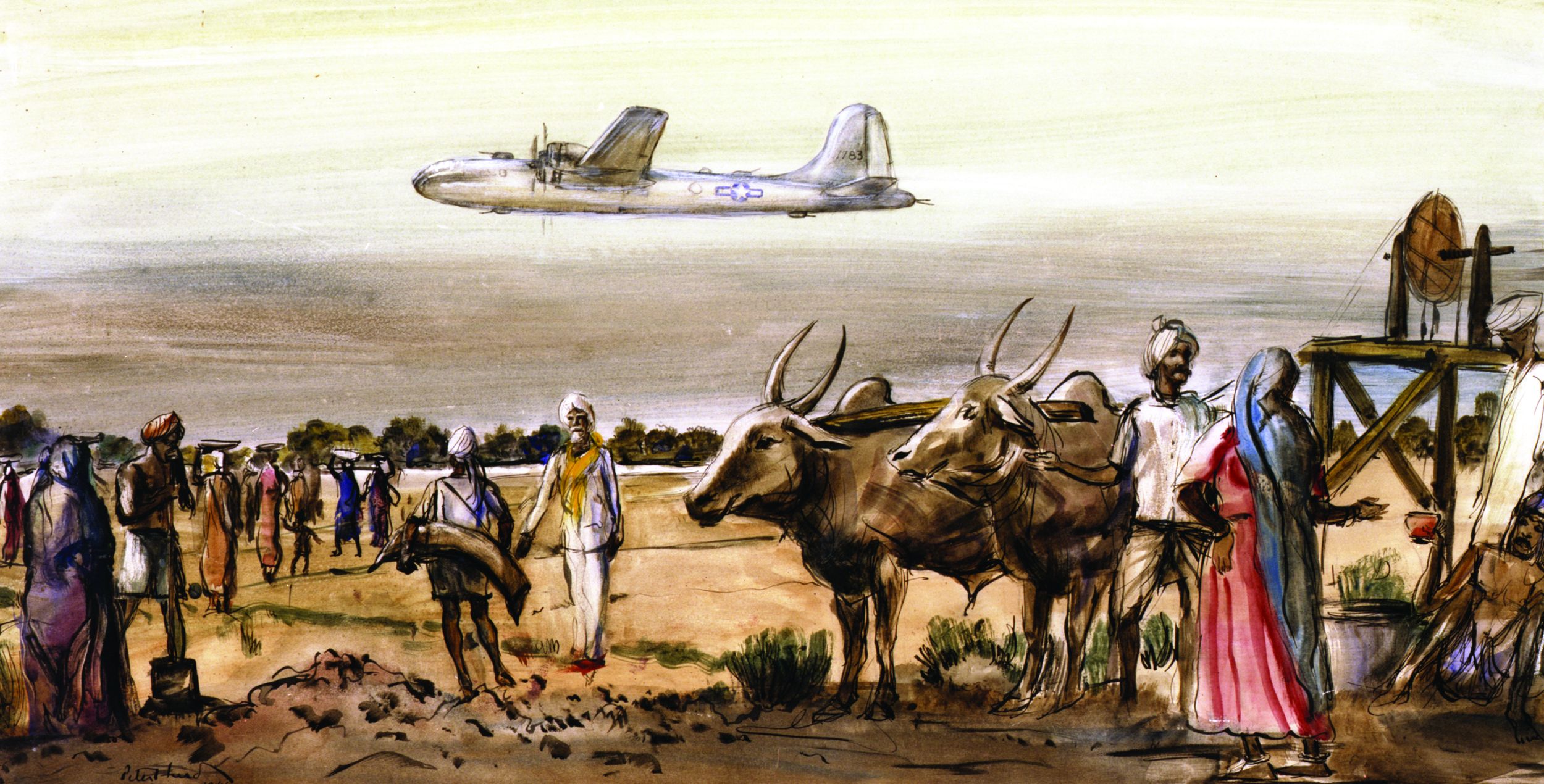
Problems quickly developed. Because of shipping shortages, the first contingent of engineer units assigned to Matterhorn, half the required force, did not reach India from the United States until mid-February 1944, two months later than originally planned, effectively postponing the May 1, 1944, date set for all of the airfields to be operational. Thus, when Brig. Gen. Kenneth M. Wolfe, commander of the XX Bomber Command, came to India in January 1944, he found only Indian workers on the job, both men and women attempting to move 1.7 million cubic yards of earth in wicker baskets balanced on their heads. They were, he later said, “making mud pies.”
Working with “Untouchables”
Desperate to speed up construction, Wolfe persuaded a reluctant Lt. Gen. Joseph W. Stilwell, commander of the CBI, to divert two engineer battalions from other CBI projects to aid in the preliminary work. With the arrival of the initial contingent of Matterhorn engineer units, AAF officers hoped to have at least two airfields barely operational by March 15 to accommodate the first B-29s as they flew in from the United States. The other engineer units arrived in India in March and April, and by the end of April there were close to 6,000 American troops working on the airfields. They were assisted by 27,000 local workers, many of them “untouchables,” who were provided by India’s Central Public Works Department. The Indians did the jobs that could be accomplished by hand, while the Americans did those requiring skilled labor and heavy equipment.
Making the best use of the local workers was not always easy, and it soon became apparent that native customs would have to be followed if work were to proceed smoothly. At Chakulia, for example, the American engineers, unaware that the Bengalese considered the quarrying of rock as man’s work and the screening of it as woman’s work, bulldozed stockpiles for both sexes to screen, causing everyone to walk off the job. Religious considerations also came into play, compelling the Americans to stock seven types of rations for their Indian coworkers. Given these problems, progress was slow, and it took much “expediting” by the Americans to overcome the traditional slowness of native methods and a complicated requisition system to meet all of the necessities of the Indians.
The first large part of the Indian bases to be completed was a pipeline system to carry gasoline to the airfields from a tanker terminal at Budge-Budge on the Hooghly River. It consisted of a six-inch pipeline strung 100 miles to Dudhkundi, four-inch pipelines running from Dudhkundi to the other airfields, and internal lines and storage tanks at each base. Four petroleum distribution companies began work on the system on January 15, and two months later they had gasoline flowing to the three airfields that were almost ready to receive the B-29s. Later they finished the whole system.
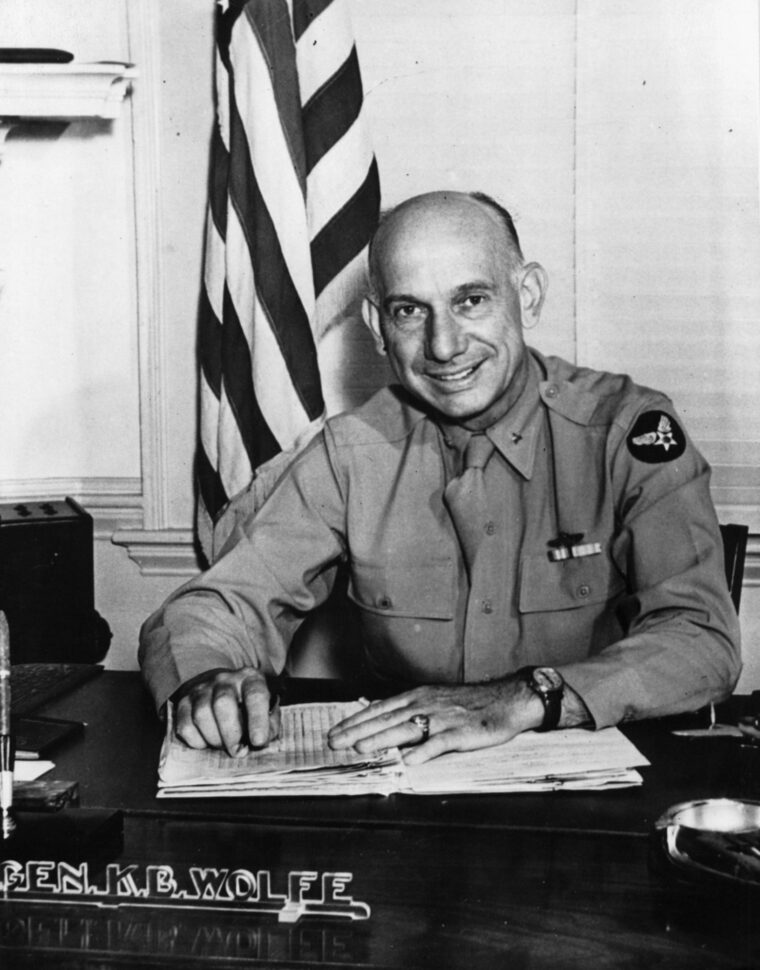
Completing the runways was far more difficult. Many engineer units arrived from the United States without the heavy equipment required for grading the strips, forcing them to borrow equipment from American units working on airfields in Assam in northeastern India and on the high-priority Ledo Road, which was to connect Assam with the Burma Road in northern Burma. Instead of the 8,500-foot runways envisioned in Washington, those in India were shortened to 7,500 feet to make them operational as soon as possible. New concrete pavement was 10 inches thick; old pavement had an additional seven inches poured on the surface. As far as raw materials were concerned, sand was available in streams near each airfield, and gravel and crushed basalt for the course aggregate were found in the neighborhood. Indian cement was both scarce and inferior, however, and thus large quantities of cement had to be imported from the United States. The concrete was produced with the equipment on hand and laid and spread by Indian workers using hand tools.
Through the spring of 1944, work went ahead on the airfields on a schedule that was far in arrears of early plans. Chakulia and Kharagpur were the first to be operational, and by June 30 four airfields were ready, although all were not completed until September. By using the airfield at Charra, known to the Americans as “Hell’s Half Acre” because of its sloping runway and intense heat, the XX Bomber Command was able to receive and house the initial combat groups as they arrived in their B-29s in April and May. The total cost of the five airfields was $20 million.
The forward bases for Matterhorn were placed near Chengtu, China, in Szechwan Province, about 200 miles northwest of Chungking, the Nationalist capital, and 1,900 miles from southern Japan. At this distance they were barely within the B-29’s maximum range. While the Americans had bases in China closer to Japan, Chengtu was selected because of its greater security from Japanese air and ground attacks. In early 1944 it was decided, on the basis of the availability of materials and labor and the minimal amount of interference with the local irrigation system, that the Chengtu bomber airfields would be situated at Hsinching, Kiunglai, Kwanghan, and Pengshan. To protect them from Japanese air raids, five fighter airfields would also be constructed in the Chengtu area.
Under an agreement negotiated by Roosevelt and Chiang, the United States was to provide the planning, overall supervision, and funding for the airfields, while the Chinese would supply the labor and materials and direct the construction forces. Because it was impractical to fly heavy equipment over the “Hump,” almost all of the work would have to be done by hand.
In January 1944, the Chinese directors and American officers estimated that a labor force of 240,000 workers would be required. Within two weeks more than 200,000 were on the job, and later, to catch up with the construction schedule, another 100,000 were put to work. James Stewart, an American correspondent in Chungking, provided a colorful description of the workers’ arrival: “The roads for miles around were jammed with men, simple farmers in blue cotton trousers and jumpers and straw sandals, each with two long poles over his shoulder and enough rice to last until he arrived at one of the sites. When they got there, they set their poles in the ground, tepee fashion, and covered them with rough sheaves of straw—that was each man’s shelter for months.”
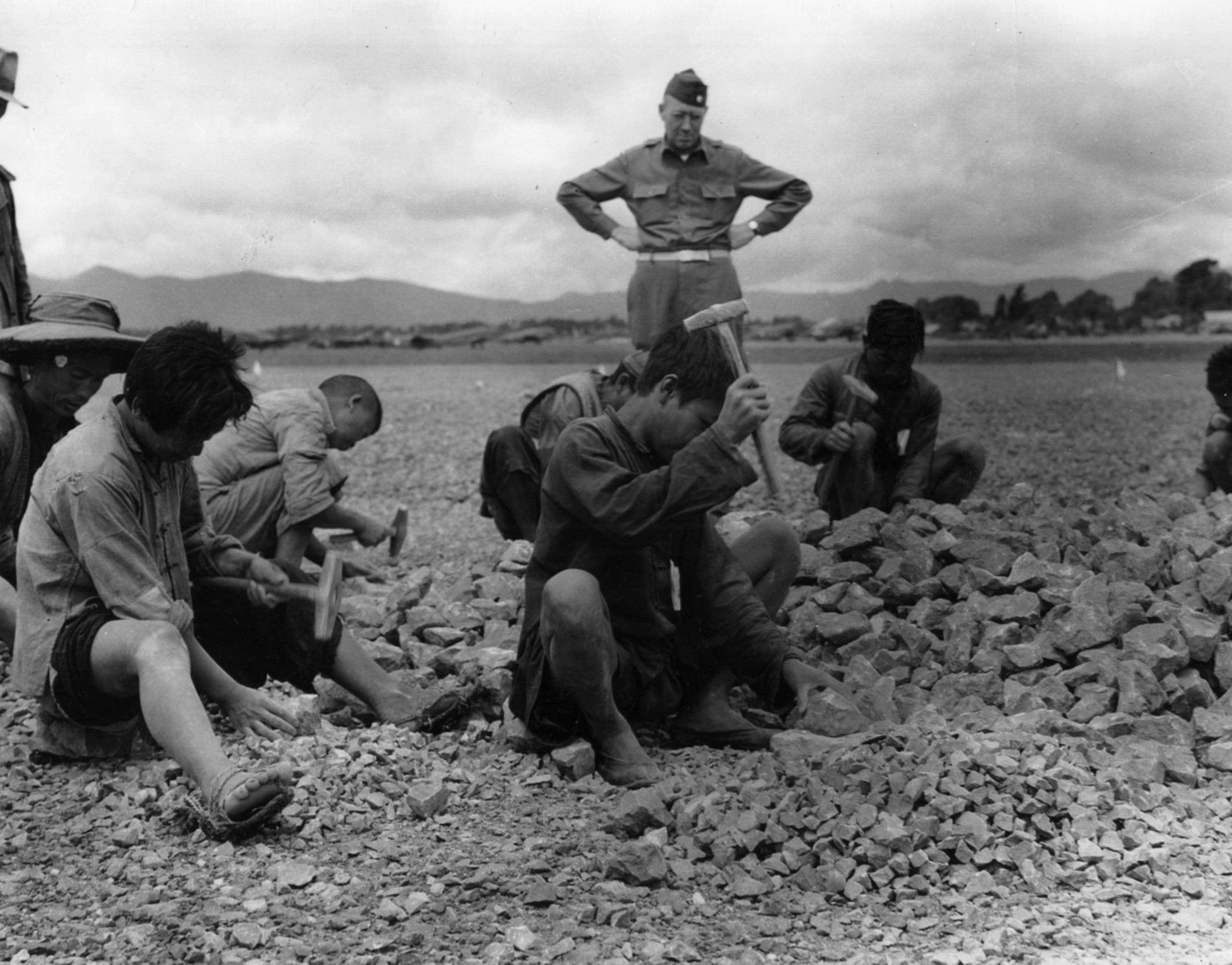
Most of the workers were Chinese peasants conscripted by the governor of Szechwan. They came from villages within a radius of 150 miles of Chengtu, with village quotas set at 50 workers per 100 households, and were organized into work units of 200 that preserved something of the village structure. To these conscripts were added 75,000 contract workers. Taking into account the inevitable turnover, it is quite possible that 500,000 Chinese peasants worked on the Chengtu airfields at one time or another. Given the magnitude of the work force, Western observers were quick to liken the construction of the airfields to the building of the Great Wall of China and the Great Pyramid of Cheops.
Painful Economic Negotiation with China
The cost of the airfields quickly caused friction between American and Chinese officials. At Sextant, Chiang had demanded that Roosevelt grant China a billion dollar loan in gold to ease China’s financial plight and that the United States pay for the airfields at the official exchange rate of 20 Chinese dollars to 1 American dollar, even though the black market rate by early 1944 was 240 to 1. He backed up his demands by threatening to stop providing food and housing for American forces in China and to withhold Chinese participation in an upcoming Burmese campaign if the United States did not meet his terms. American officials were infuriated by Chiang’s demands, seeing them as nothing more than a blatant attempt by Chiang to maximize his possible take from the United States.
Roosevelt refused to grant the loan; however, after pleas from the White House, Chiang consented to some Chinese participation in the Burmese campaign. The airfield matter was not settled so easily. American officials estimated the airfields would cost $800 million if the Chinese held to the 20 to 1 rate instead of the approximately $20 million they should cost. The Treasury and State Departments wanted to insist on the black market rate. But Arnold, fearful the dispute might delay the completion of the airfields, pushed for a compromise.
Eventually, Chiang and American officials agreed that the United States would accept a temporary rate of 100 to 1 pending the outcome of negotiations for a permanent arrangement. The negotiations proceeded at a desultory pace, and in November 1944 the U.S. Army finally settled the account for the airfields and several other claims at $185 million. The actual amount designated for the airfields is unknown.
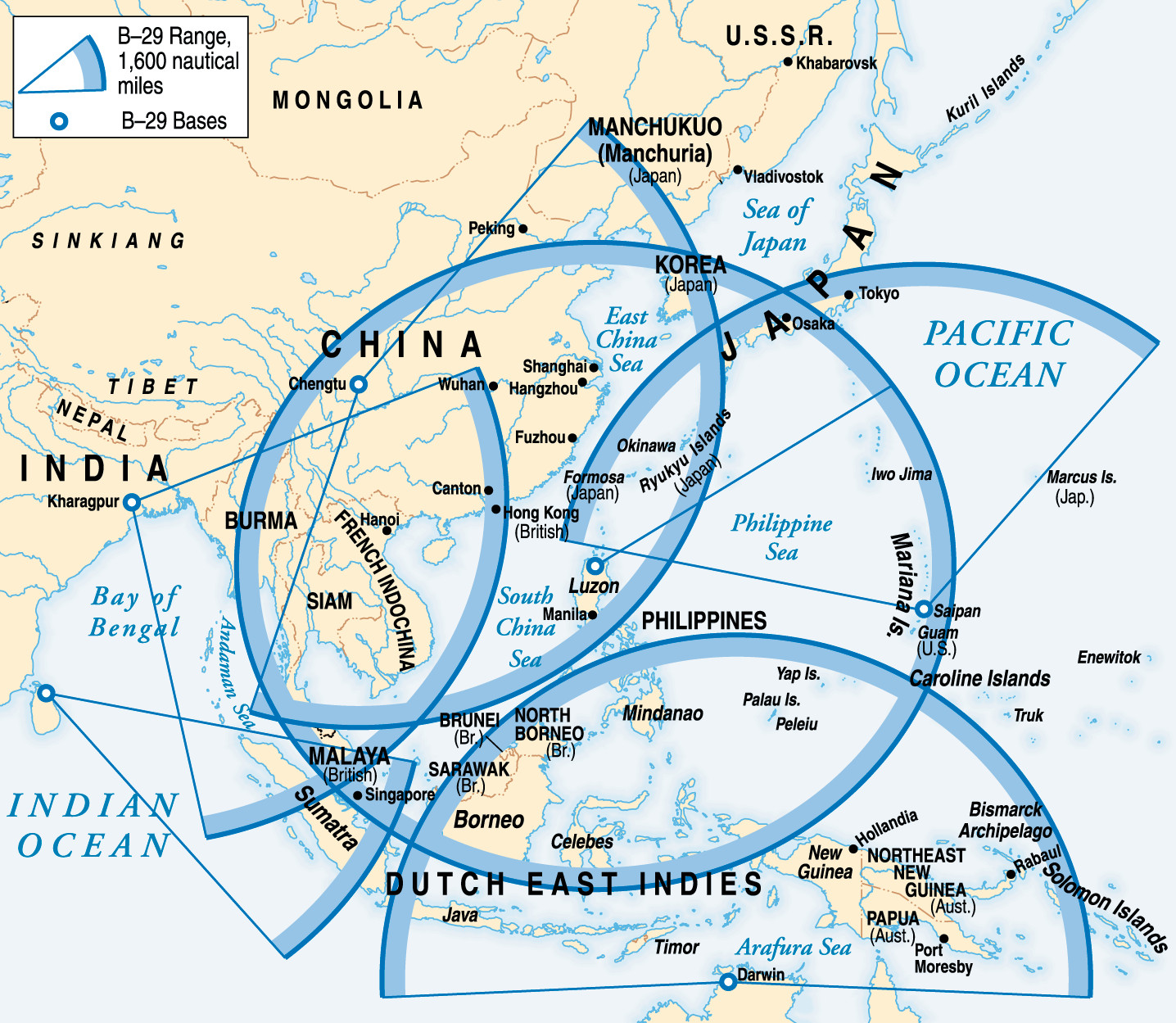
Notwithstanding the immense cost of the Chengtu airfields for the United States, many Chinese suffered financially. Landowners whose property was taken for the airfields had to sell at government prices and accept in payment currency that was rapidly depreciating in value because of inflation. Workers were paid about 25 Chinese dollars a day (nine cents in American money), barely enough for food. Many would have died of starvation if their families had not provided them additional food. In all likelihood a substantial sum of money that should have gone to landowners and workers ended up in the pockets of corrupt Chinese Nationalist officials. Americans were fearful these conditions would spark serious riots, but in general there were few disorders.
Actual work on the airfields began in January 1944. The land where they were to be situated had been rice paddies, and on January 24 Chinese workers started to drain them. At the time, it was expected that two airfields would be operational by March 31, and the other two by April 30. The financial dispute and the failure of the Chinese to find enough trucks for hauling materials prevented the schedule from being met. Nevertheless, the initial B-29 landed at Kwanghan, the first available airfield, on April 24, three months to the day after the paddy walls had been breached. By May 1 all four airfields were open to traffic, and by May 10 all runways were finished. Three fighter strips were completed more nearly on time.
The bomber runways were built to a length of 8,500 feet and a thickness of 19 inches; the fighter strips were 4,000 feet long, with a thickness from eight to 12 inches. The leveling of the ground was a massive undertaking in itself. In some instances, seven feet of earth had to be excavated to get to solid ground, all of it done by thousands of workers using shovels, shoulder yokes with buckets strung at both ends, carts, and thousands of squeaky-wheeled wooden wheelbarrows, whose sound they believed would ward off the devil.
Very quickly, the noise got on the nerves of the Americans. As Maj. Gen. Curtis LeMay, one of the commanders of the XX Bomber Command, recalled: “One day a mechanic couldn’t stand the racket any longer. One of the Chinese had dropped a wheelbarrow nearby and was looking at the airplanes and resting a little bit, and the mechanic climbed over the fence with an oilcan and oiled the axle on the wheelbarrow. When the fellow started up again, it didn’t screech and scare any dragons away, and so he left the whole damned thing right there. He wouldn’t have anything to do with it.” A degreasing job followed, and the laborer resumed work, quite noisily.
Just as it was impractical to fly heavy equipment over the “Hump,” it was also impractical to fly cement, cement mixers, or asphalt. Consequently, the runways had to be built of rock, gravel, and sand. The base course consisted of stones brought from nearby streams set with gravel and sand. The wearing course was made of a native “slurry” of crushed rock, sand, clay, and water. Tung oil, extracted from local trees and used as a varnish, served as the sealant. Ultimately, 100,000 tons of material were used in building the airfields.
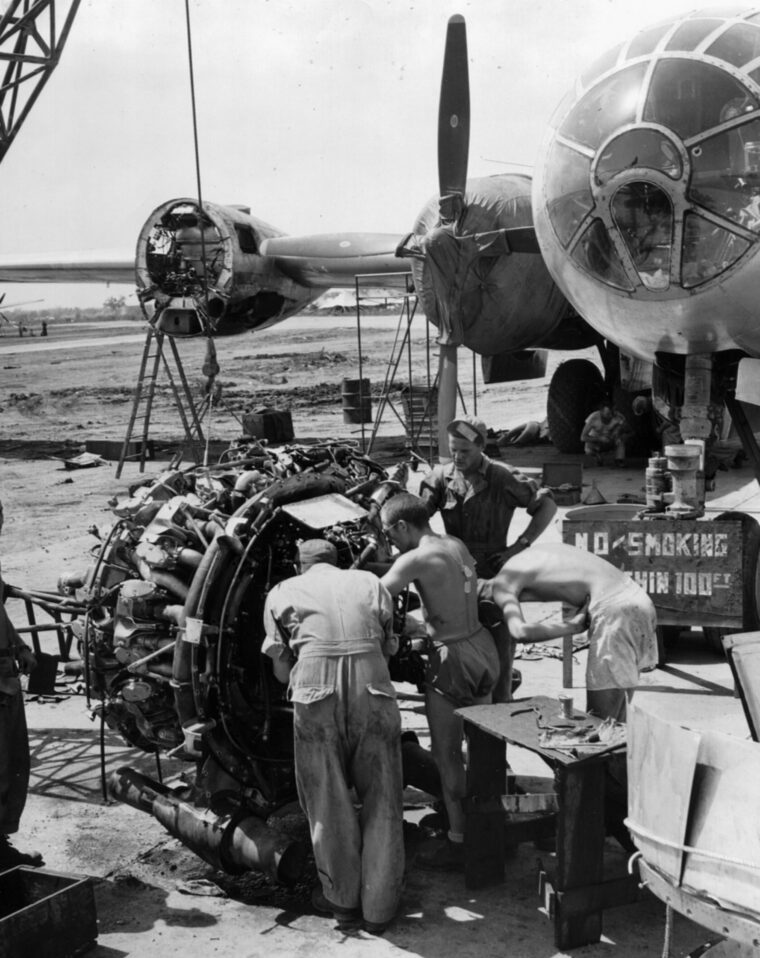
The rocks were crushed by hand with little hammers. Huge stone rollers drawn by hundreds of men, and sometimes women, compacted the slurry, which had been puddled in pits by barefoot men and boys. The rollers, carved out of nearby sandstone hills, weighed 10 tons. Gaining momentum as they were pulled, the rollers could not be stopped easily. If a rope puller fell and was unable to scramble away quickly, he likely would be crushed to death by the roller. Twenty-five Chinese workers were killed in this manner.
Day after day, seven days a week, hundreds of thousands of Chinese men, women, and children worked on the airfields, almost oblivious to what was going on around them. Stewart later wrote: “While we watched these thousands toiling as their ancestors had toiled, giant U.S. Army transports from India swooped down over their heads to land cargos [sic] of gasoline, bombs, and all the freight of modern war. The Chinese didn’t even look up.”
Transporting men and supplies from the United States to India for Matterhorn was a perplexing challenge. Matterhorn had the highest priority of any undertaking in the CBI in the last half of 1944. But the movement of men and supplies was handicapped by the long distance from the United States to India; the low priority accorded to the CBI in the allotment of Allied shipping; the high command’s insistence on an early commitment of the B-29s, which left little time for readjusting the existing transportation schedules; and the requirement that Matterhorn not interfere materially with other projects in the CBI.
Most of the highest priority passengers and freight were to go to India by Air Transport Command (ATC) planes via Natal in Brazil, Khartoum in the Sudan, and Karachi in India, a trip that took six days with luck. Otherwise, most units and supplies were to be shipped by sea. For this purpose, the CCS assigned 20,000 troop spaces and 200,000 tons of cargo space to Matterhorn in the first six months of 1944, and at least 20,000 tons of tanker capacity per month beginning in April.
By Christmas 1943 shipping had been earmarked for all troops and supplies projected for Matterhorn through July 1944, although it was necessary to juggle shipping schedules at some expense to the movement of men and supplies for other CBI projects. Most of the troop transports sailed before the end of February 1944.
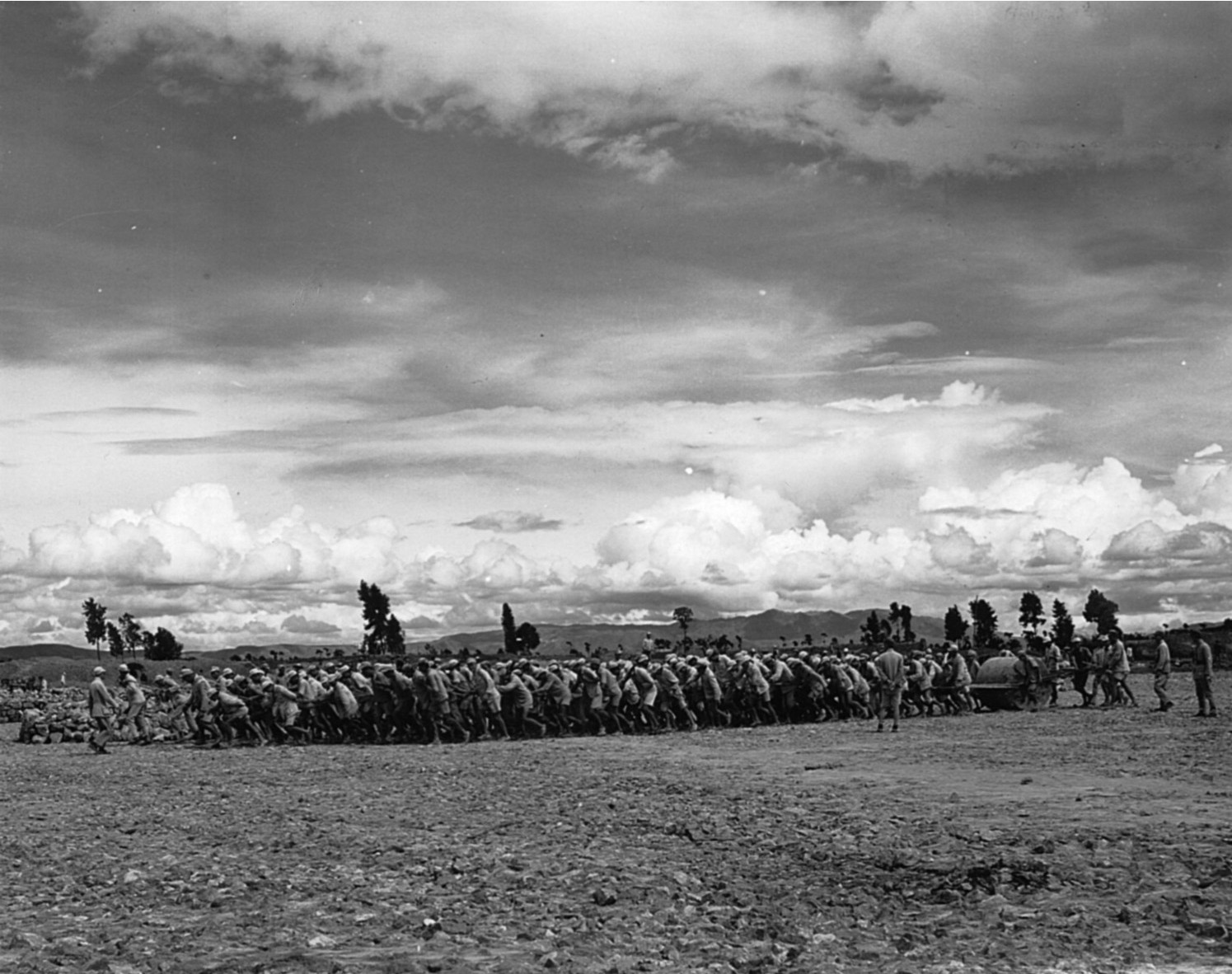
Some units went eastward across the Atlantic Ocean in convoys to North Africa, then were transported in British vessels across the Mediterranean Sea and through the Suez Canal to Bombay, India, and finally carried to Bengal by train. Other troops and most of the supplies went westward across the Pacific Ocean and around Australia, with the cargo ships going to Calcutta and the troop transports to Bombay because Calcutta was already overburdened and inefficiently operated. It took most units eight to 10 weeks to get from their American embarkation ports to their Bengal stations. Despite the lengthy trip, almost 22,000 men were on hand in the CBI for Matterhorn by May.
“Mission 10” Hauled 250 Engines and 1,225 Passengers to Bengal in a Trip Lasting from Three to Four Weeks.
In the meantime, the AAF had been moving the high-priority personnel and freight to India. The first important movement occurred in January 1944 when Wolfe led 20 C-87 transports from the United States to India carrying key command personnel and some equipment. The initial plans for Matterhorn called for the B-29s to ferry all combat crews to India as well as some passengers. This provision had to be scrapped, however, when it was decided it would be necessary to have more than the usual number of the B-29’s unproven R-3350 engines on hand in India and that each B-29 would haul one engine in lieu of passengers.
As a result, a number of ATC passenger allotments for other CBI projects were assigned to the headquarters units of the XX Bomber Command. These allotments only slightly eased the crunch in getting men to India, causing some Matterhorn personnel to take as long as a month to arrive in Bengal. The use of ATC transports to ferry personnel to India demonstrated the fallacy of the expectation that Matterhorn could be self-supporting, and increasingly it was making other demands on the ATC.
Once it was obvious that AAF planners had underestimated the airlift needed for personnel and the spare engines, they committed additional transport resources to Matterhorn. Thus, from April to June 1944, a special surface-air transport service, called “Mission 10,” was established. Passengers and freight went by sea to Casablanca, Morocco, and then to Calcutta by means of 25 C-54 transport planes assigned to the ATC’s North African wing.
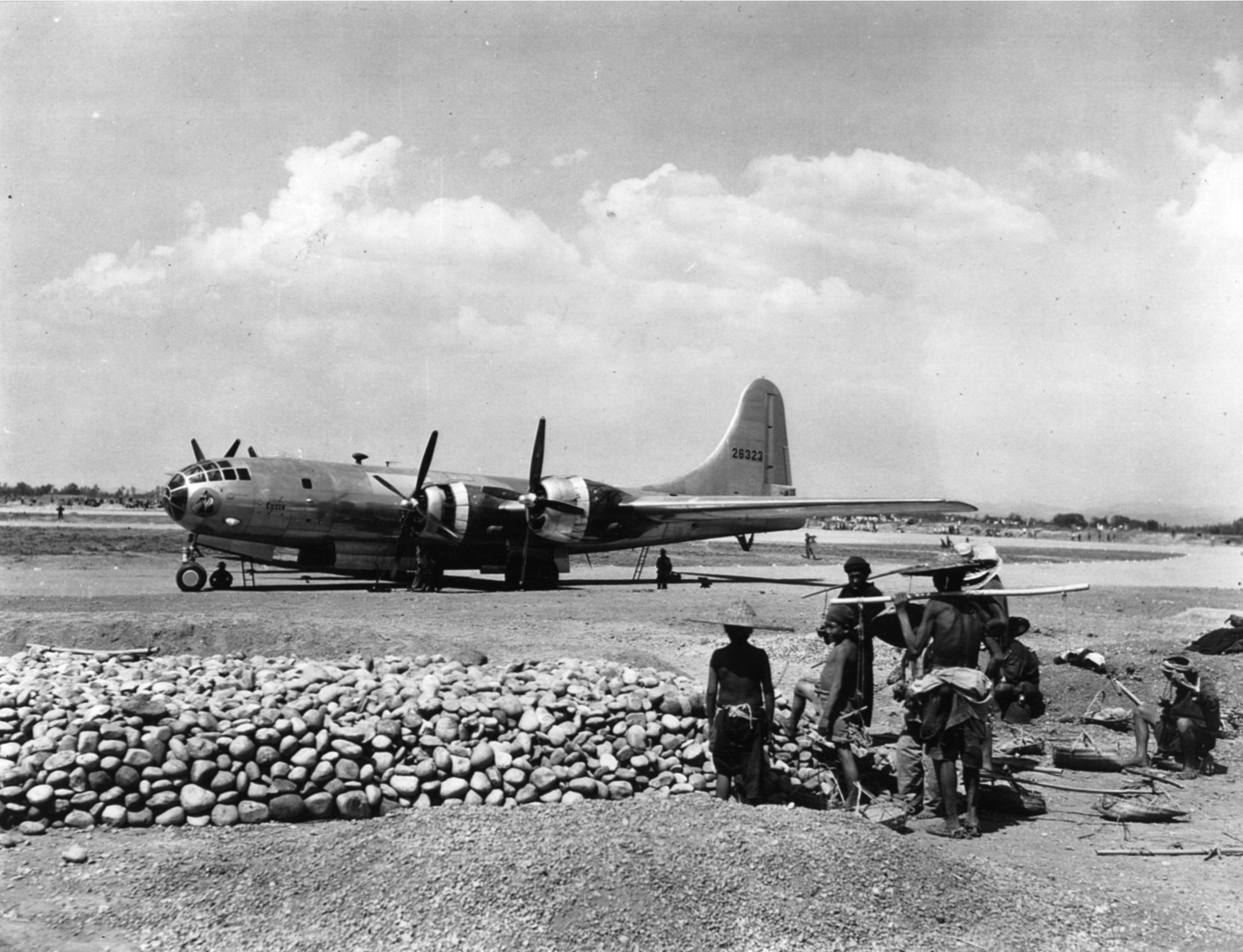
Altogether “Mission 10” hauled 250 engines and 1,225 passengers to Bengal in a trip lasting from three to four weeks. In June, Arnold replaced “Mission 10” with “Crescent Blend” service, which used two squadrons of C-46 transport planes to shuttle personnel and supplies from Casablanca to Calcutta. Although the C-46 lacked the range and capacity of the C-54, Crescent Blend brought about 350 tons of supplies to Calcutta each month during the summer of 1944, mostly spare engines that were essential to Matterhorn operations.
The overseas movement of the B-29s was to begin on March 10, 1944. Under the plan, 150 B-29s of the 58th Bomb Wing would leave the United States in daily increments of nine or 10 planes. A five-day trip covering 11,530 miles was scheduled by way of Salina, Kansas, to Gander Lake, Newfoundland (2,580 miles); Gander Lake to Marrakesh, Morocco (2,700 miles); Marrakesh to Cairo (2,350 miles); Cairo to Karachi (2,400 miles); and Karachi to Calcutta (1,500 miles). If everything went well, all of the bombers would be at their stations in India by March 31.
The schedule was too optimistic. The problems involved in getting a new type of aircraft prepared for combat in a theater halfway around the world, especially since many of the maintenance groups had already started their own trip to India, were too great for the planes to be ready on time. As a result, when Arnold arrived at Salina on March 9 and asked how many B-29s would leave the next day, he was told none. Immediately, he issued a flurry of orders to ensure that all 150 B-29s would be on their way by April 15, and during the next month the so-called “Battle of Kansas” went into overdrive as the crews and civilian workers battled time, fatigue, confusion, and cold weather to meet Arnold’s deadline.
On March 26, the first contingent of B-29s left Salina; it reached India on April 2. Others soon followed, and by April 15 a total of 32 B-29s had arrived at their stations. A week later, the loss of several planes to accidents along the way prompted the AAF to ground all B-29s that were en route until the accidents could be investigated. After it was determined that most of them occurred due to engine failure, some of which could be attributed to the penchant of the R-3350 to overheat in hot weather, flights resumed on April 29 and thereafter proceeded more rapidly. Over the next months modifications were made to the R-3350 to correct the overheating problem, but they were only partially successful. Meanwhile, by the second week of May, all but nine of the original 150 B-29s were either on hand in India or momentarily expected. Through the rest of 1944 and early 1945, 255 additional B-29s were dispatched to India, so that by the end of March 1945, when Matterhorn was closed down, 405 B-29s had been committed to the operation.
The defense of the airfields in India was a minor concern. They were situated at the extreme range of Japanese bombers, and the U.S. Tenth Air Force and the Royal Air Force had sufficient fighter strength to provide adequate protection. The Chengtu airfields were more vulnerable to Japanese air attack, and the Matterhorn plan called for 150 fighters to be assigned to their defense. Because the Fourteenth Air Force was already short of fighters, the CCS transferred two Curtiss P-40 Tomahawk fighter groups from Italy to China and reequipped them with Republic P-47 Thunderbolt fighters that had to come from the United States. By ordinary surface shipment, the P-47s would not reach India until May, so at the AAF’s request, the U.S. Navy diverted two escort carriers from the Atlantic-Mediterranean run to transport 100 P-47s from the Mediterranean to India, tying up the carriers for two and a half months. Another 50 went by regular transport.
The delayed departure of the fighter groups from Italy because of the exigencies of the Anzio operation, the time to transport the P-47s to India, and the need for several weeks of transitional training for the pilots slowed the final deployment of the fighter groups until the middle of July. Their late arrival did not create any significant difficulty, however, for Japanese air attacks against Chengtu were less intensive than expected.
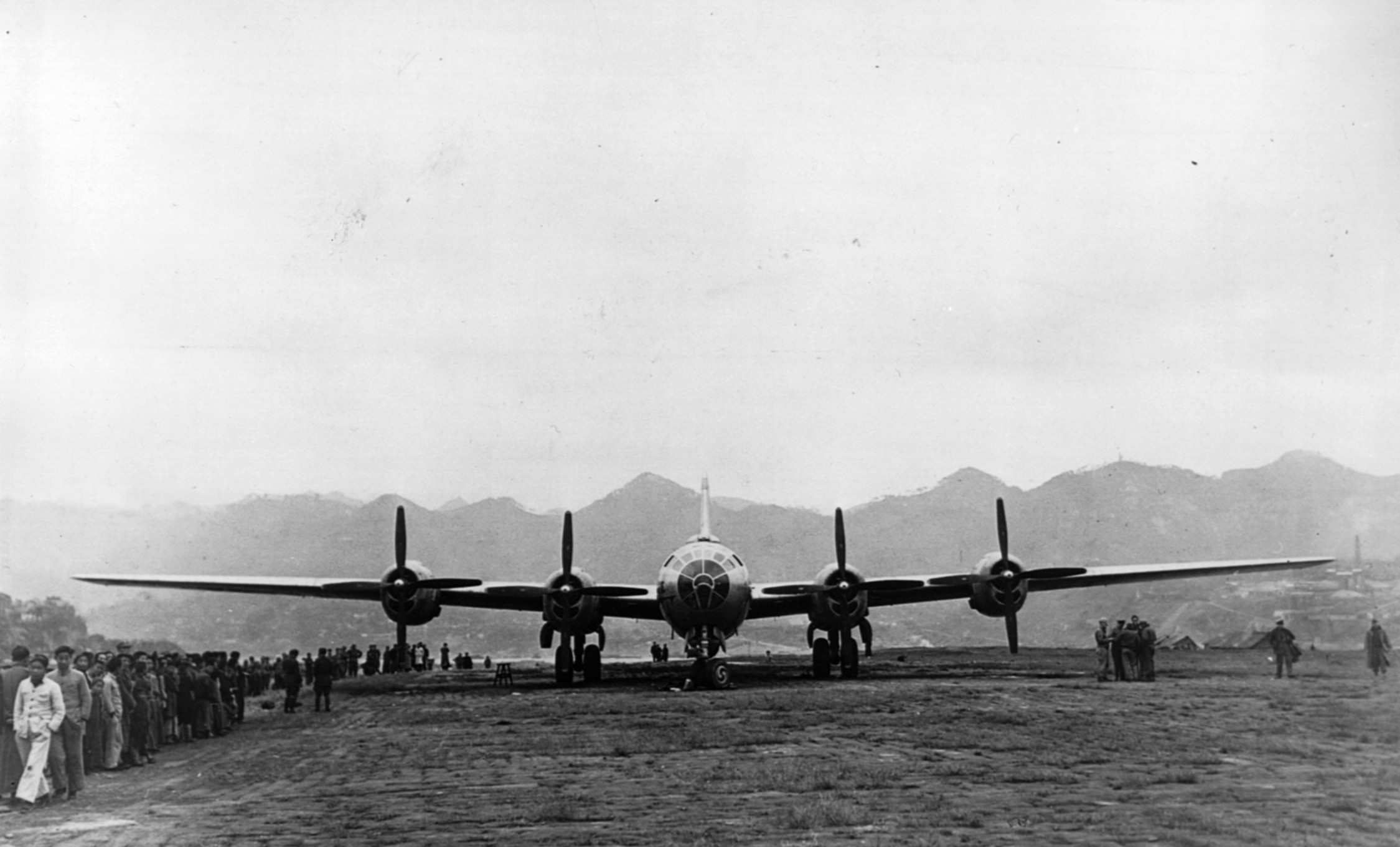
No logistical aspect of Matterhorn was more exasperating than the transport of gasoline and supplies from India to Chengtu. Everything that was sent to China had to be flown over the “Hump.” Because the ATC was already straining to ferry its monthly quota of 10,000 tons to China for other CBI projects, Matterhorn had been planned to be self-supporting. Using its own transports flying from Assam and its B-29s flying from Calcutta, the XX Bomber Command would carry all of its own cargo to China. For this purpose, 20 of the precious B-29s were stripped of their armament except for the tail guns and converted into tankers to fly in the dearly needed fuel. The remaining B-29s were used to haul other supplies.
In flying the “Hump” route, AAF crews had to deal with some of the most difficult flying conditions that any airmen confronted during World War II. To get over the “Hump” the planes had to climb to an altitude of 25,000 feet, the highest air transport route in the world, and then contend with the fierce weather conditions of the Himalayan region, including below-zero temperatures that would often ice their wings, violent updrafts and downdrafts that could cause a sudden loss of control, snowstorms, and dense cloud formations.
The “Hump” flights exacted a heavy toll in crashed planes and men killed. During the early months of 1944, the XX Bomber Command lost 12 B-29s and six C-46s that had been assigned to it by the ATC. Despite the dangers, the combat planes and transports continued to carry the XX Bomber Command’s fuel and supplies to China. In May, they airlifted 1,950 tons, two-thirds carried by C-46s. As the weeks passed, the total improved, and in July the XX Bomber Command set a record for monthly deliveries with a lift of 3,000 tons. By the end of 1944, the B-29s had flown more than 1,400 transport trips over the Himalayas, and because of the hazards, their crews were given mission credit for each sortie.
The transport of fuel and supplies to Chengtu was a costly and time-consuming operation. Depending on weather, at its worst the B-29 burned 12 gallons of gasoline to transport one gallon to Chengtu; at its best, the ratio was two to one. Moreover, it took seven trips back and forth across the “Hump” for a B-29 to move enough fuel to the Chinese staging bases for one B-29 to participate in one mission against Japan.
A Typical Long-Range Mission Against Japan Took Four Days, Rendering Matterhorn Unprofitable
Each B-29 required 7,000 gallons of gasoline to fly from Chengtu to Japan, and by June 1944 the XX Bomber Command had ferried enough gasoline and supplies across the “Hump” to carry out a combat mission against Japan. Following a practice run mounted from India on June 5 against railway shops at Bangkok, Thailand, the B-29s struck the steel works at Yawata on the northern coast of Kyushu Island on June 15. The mission consumed so much fuel, however, that during the next six weeks the XX Bomber Command could fly only one relatively insignificant mission out of Chengtu.
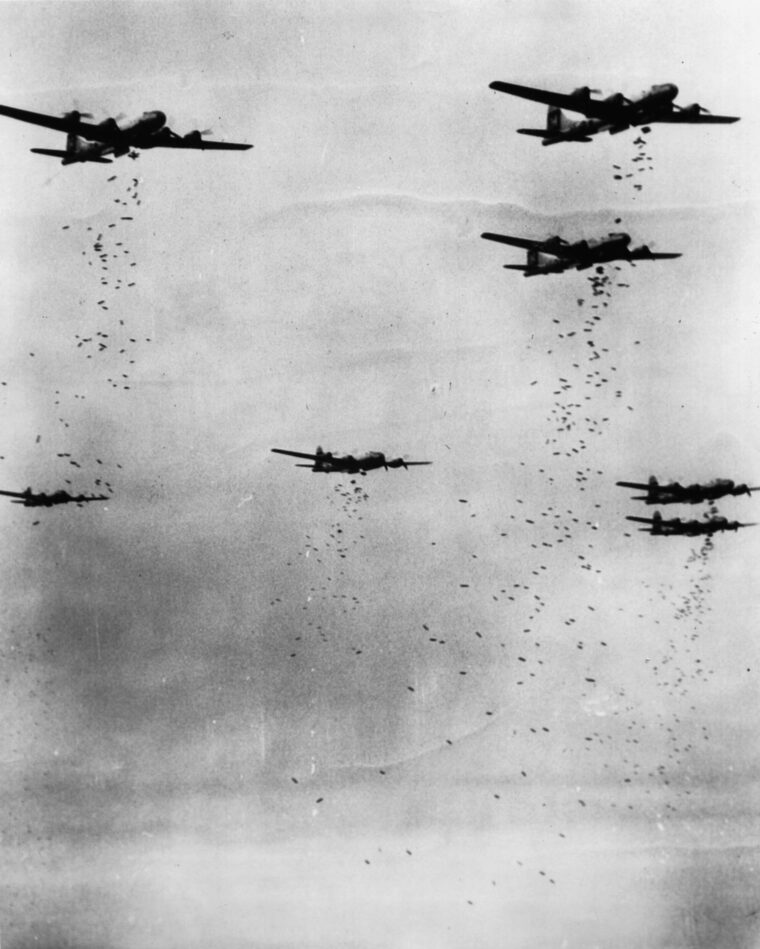
Even though a record total of 3,000 tons of fuel was airlifted to China during July, a severe shortage of fuel continued to plague the Chengtu-based missions. As a result, in July the XX Bomber Command was able to launch only 115 combat sorties, less than half of the effort it was expected to make.
The Matterhorn raids continued into the first three months of 1945. Altogether 49 missions were flown against targets in Japan, China, Formosa, and Southeast Asia. The missions staged out of Chengtu, however, represented only a minimum effort. Even with the aid of the ATC, the XX Bomber Command could not bring enough fuel and supplies to China to enable the Superfortresses to be effective. A typical long-range mission against Japan took four days—one day to fly from India to China, one day in China to get organized, one day to fly the mission, one day to return to India. Counting the days required to get fuel and supplies to China, this meant that the XX Bomber Command could fly at most only one combat mission a week. At this rate Matterhorn was unprofitable.
Disappointed by these results, Arnold relieved Wolfe in July 1944, leaving Brig. Gen. LaVerne Saunders in temporary command of the XX Bomber Command until LeMay arrived in late August as Wolfe’s replacement. LeMay had orders to produce results, but his hard-driving leadership made little difference. “Up to October 1,” he recalled, “35 percent of our total B-29 flying time was consumed in cargo operations to the Chengtu area,” wearing down the B-29s and restricting the flight time that could be devoted to combat and training missions.
At the same time, Matterhorn was proving to be a tremendous logistical drain on other operations in the CBI. From February to October 1944, the ATC had to fly 17,931 tons over the “Hump” for the XX Bomber Command, seriously cutting into the operations of the Fourteenth Air Force and Chinese forces. Both had their hands full attempting to contain Ichigo, a major Japanese offensive in eastern China, and there was not enough fuel and supplies arriving in China to support to contain Ichigo and support the B-29s.
“It was always a battle over gasoline,” LeMay remembered. “We hauled gas and we chiseled gas [from the ATC]. And Chennault was always trying to get us to help him out.”
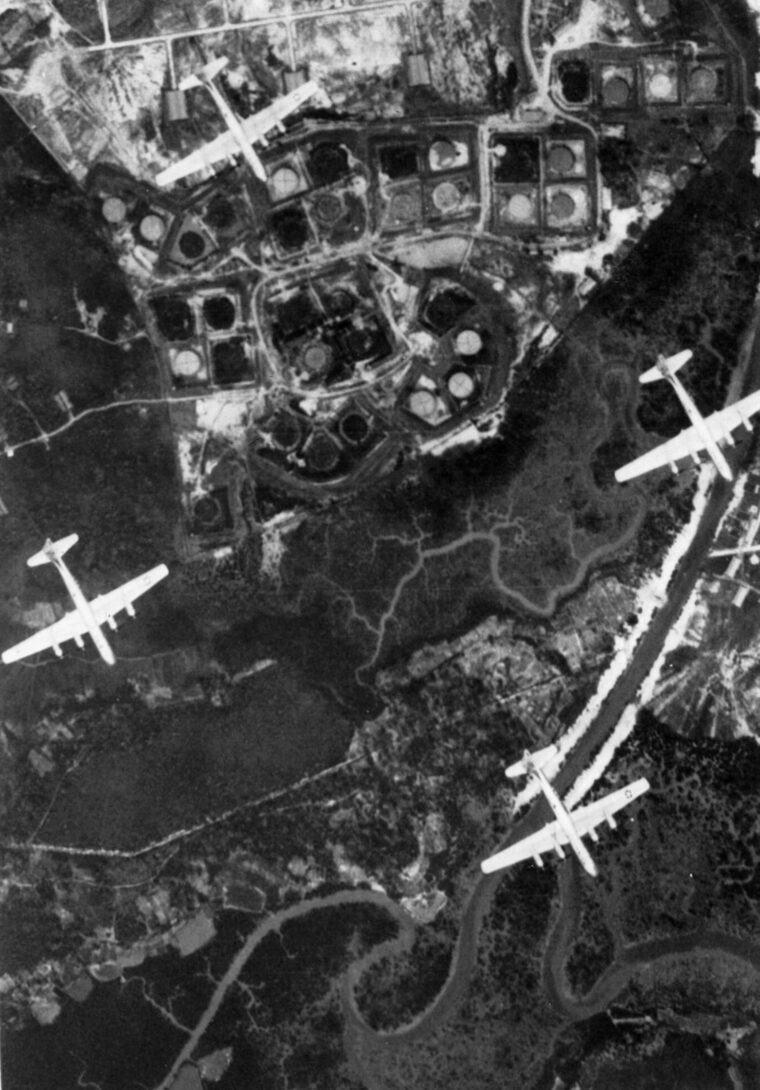
The XX Bomber Command’s transport operations absorbed too much of its energy and left too few B-29s for combat missions. Consequently, in the fall of 1944 the AAF assigned more transports and tankers to the ATC for the “Hump” route, and in return for a guaranteed monthly allocation from the ATC, the XX Bomber Command got out of the cargo business. Thereafter, all fuel and supplies for Matterhorn missions staged out of China were flown in by the ATC’s C-109s and C-46s.
“The theory of the self-supporting bomber unit,” in the words of an AAF historian, “had been broken by the harsh realities of China-Burma-India.”
While the XX Bomber Command was struggling with its logistics, American forces captured the Marianas chain in the summer of 1944 and quickly transformed it into a major base for a massive B-29 assault against Japan. There no longer seemed any reason to continue Matterhorn in light of its logistical problems. Matterhorn raids against targets in Southeast Asia were carried out until the end of March 1945, but beginning in February, the XX Bomber Command’s units were gradually withdrawn from the CBI and sent to the Marianas. By May 1945, the last of the B-29s were out of the CBI.
Matterhorn had no significant impact on the defeat of Japan. Only 10 of its 49 missions were actually carried out against targets that fit into its original conception, and their meager results did little to justify the cost. Matterhorn may have contributed to the Chinese will to resist the Japanese, although at best this result was fleeting.
Besides failing to meet its objectives, Matterhorn created severe logistical complications for the CBI that were more than the theater could handle. Matterhorn competed with the Fourteenth Air Force and Chinese forces for the limited capacity of the “Hump” airlift; absorbed a goodly portion of the shipping space allotted to the theater; increased congestion at the port of Calcutta; diverted service troops and supplies from other CBI projects; and, through the expenditure of large sums of money to build the airfields at Chengtu, accelerated the destructive inflationary spiral of the Chinese currency that was already sapping the support Chiang could command from the Chinese people.
Despite a tremendous investment of transport, men, equipment, and supplies, Matterhorn, as LeMay later put it, was doomed by its “utterly absurd” logistical foundation.

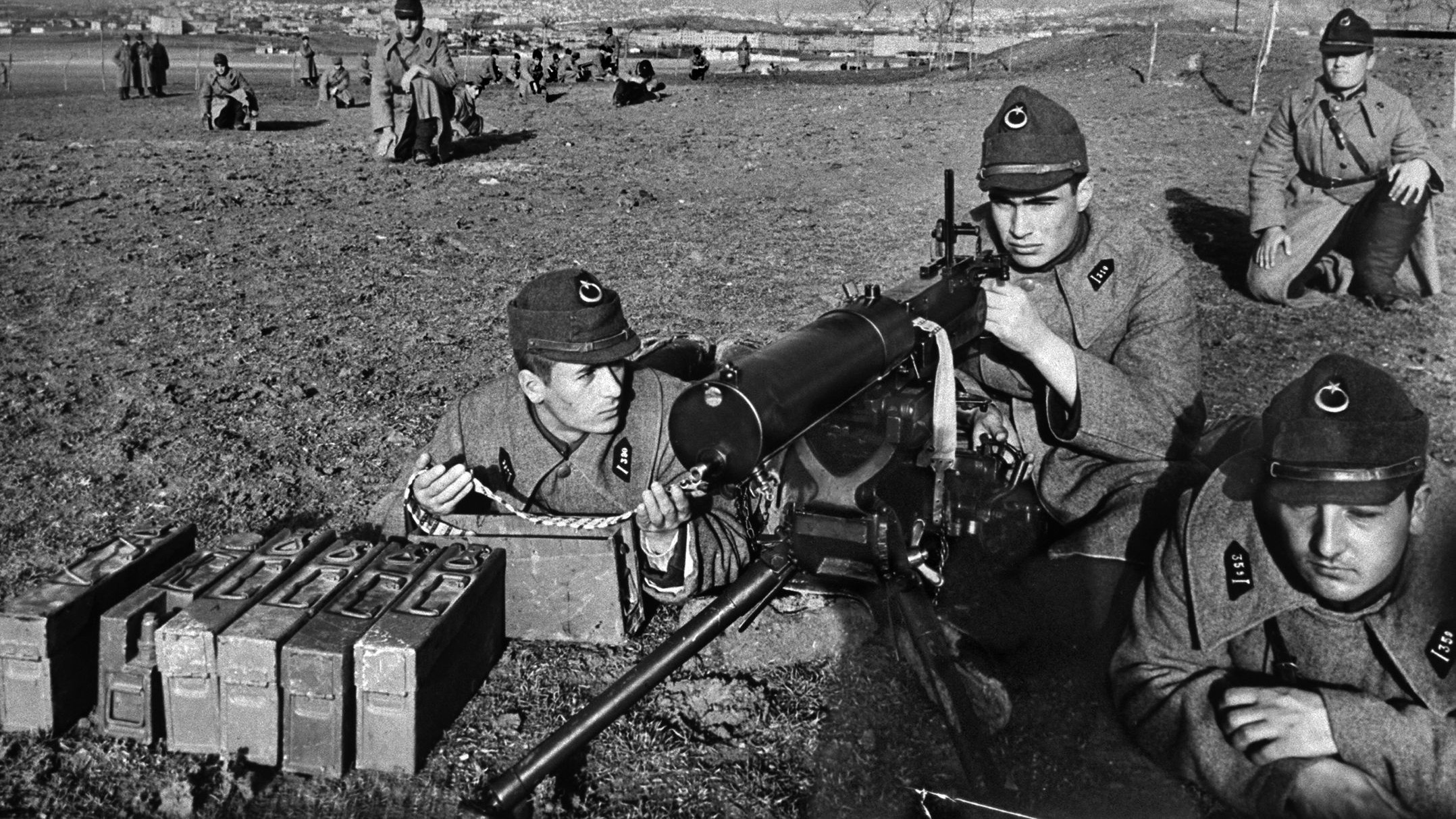
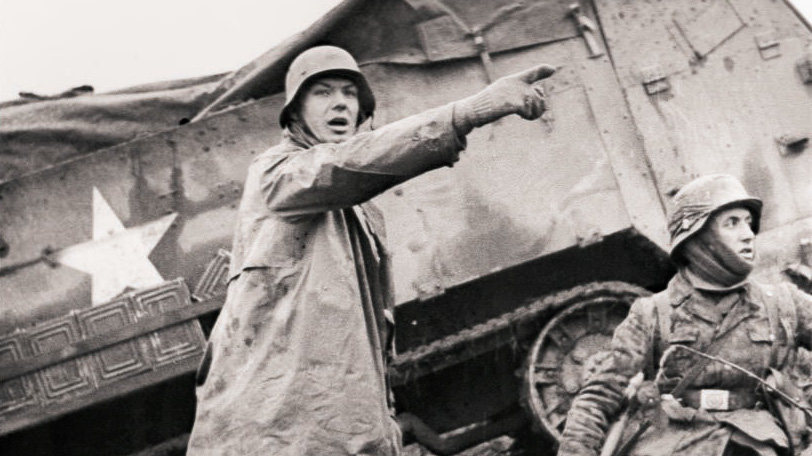
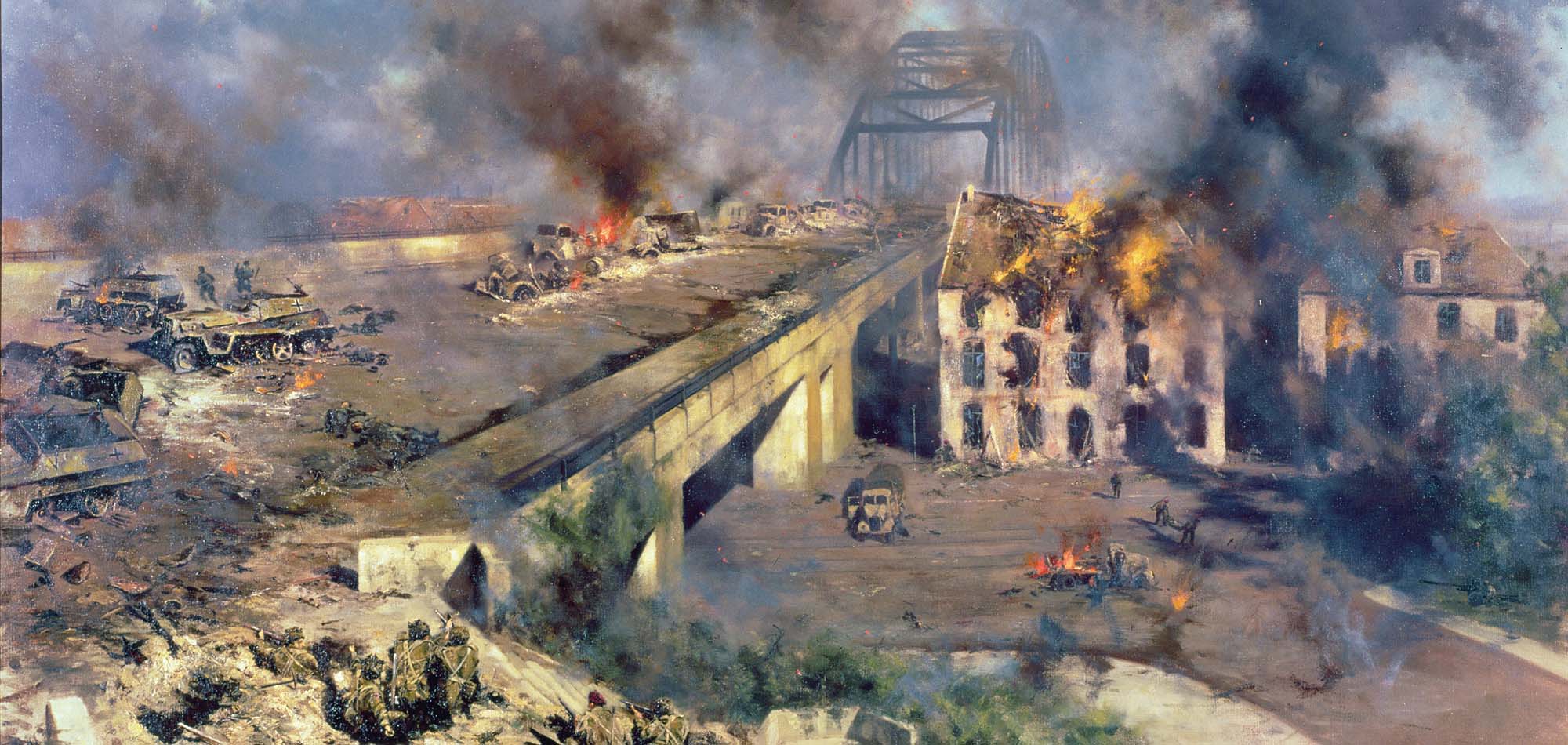
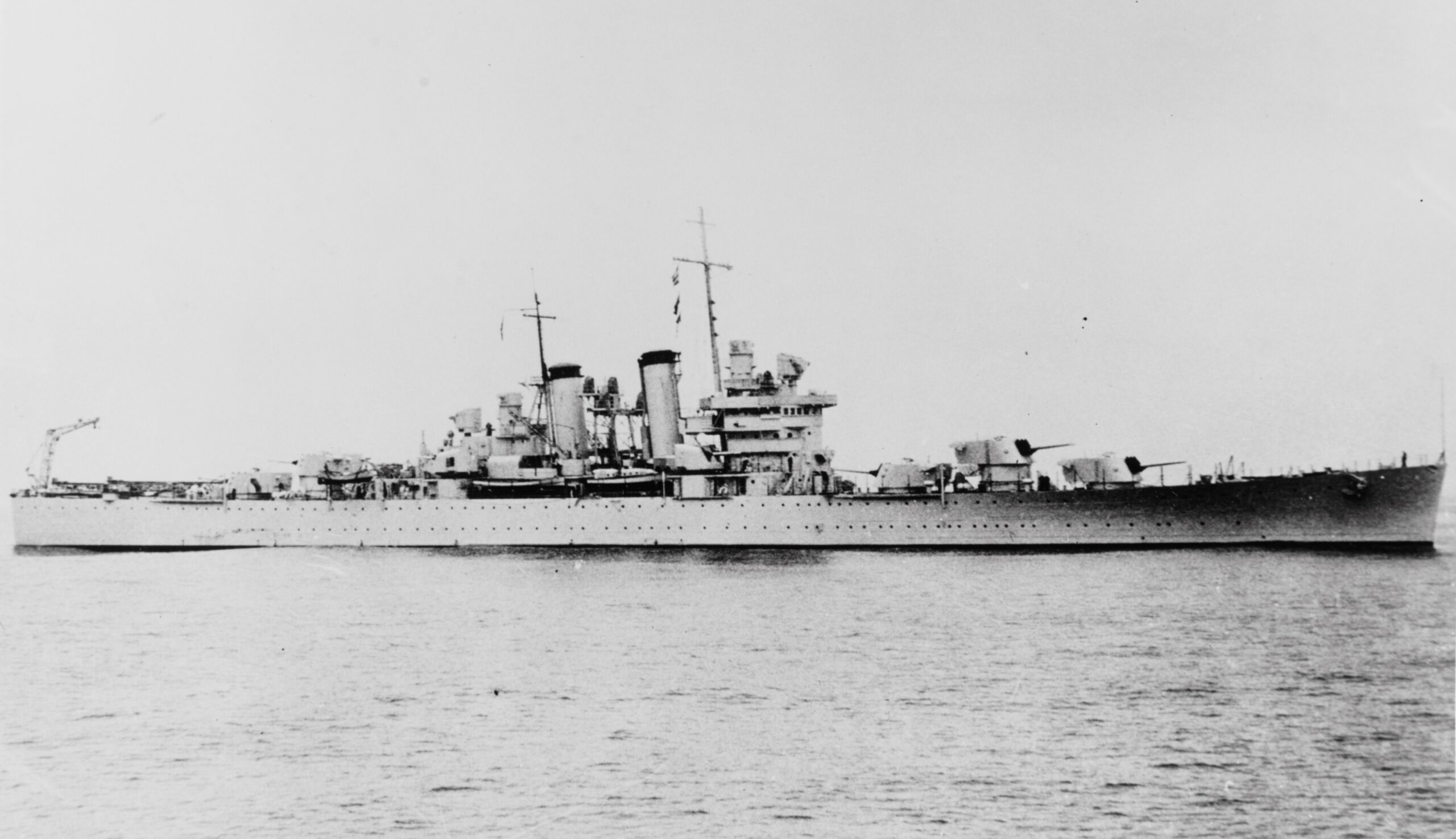
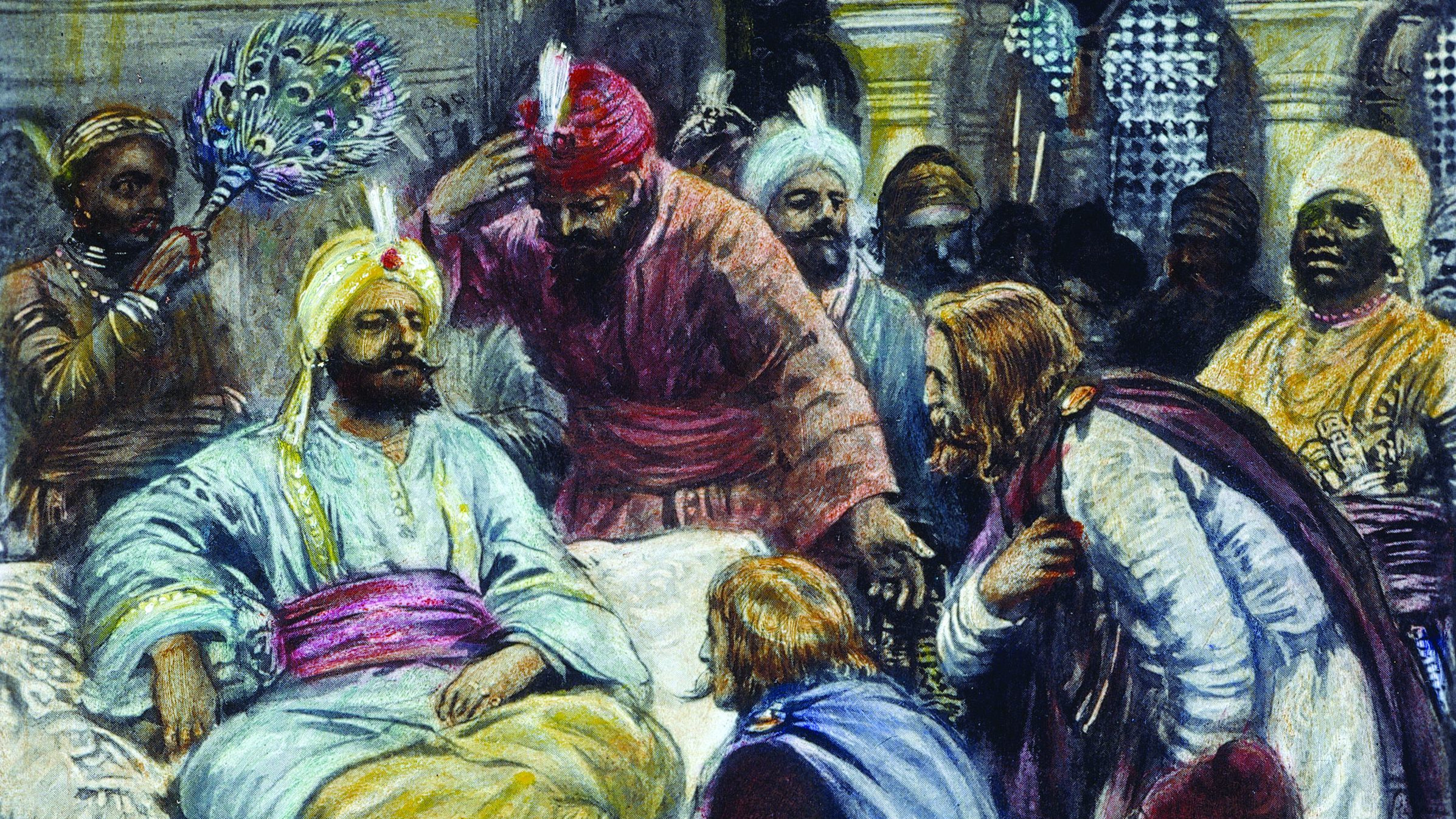
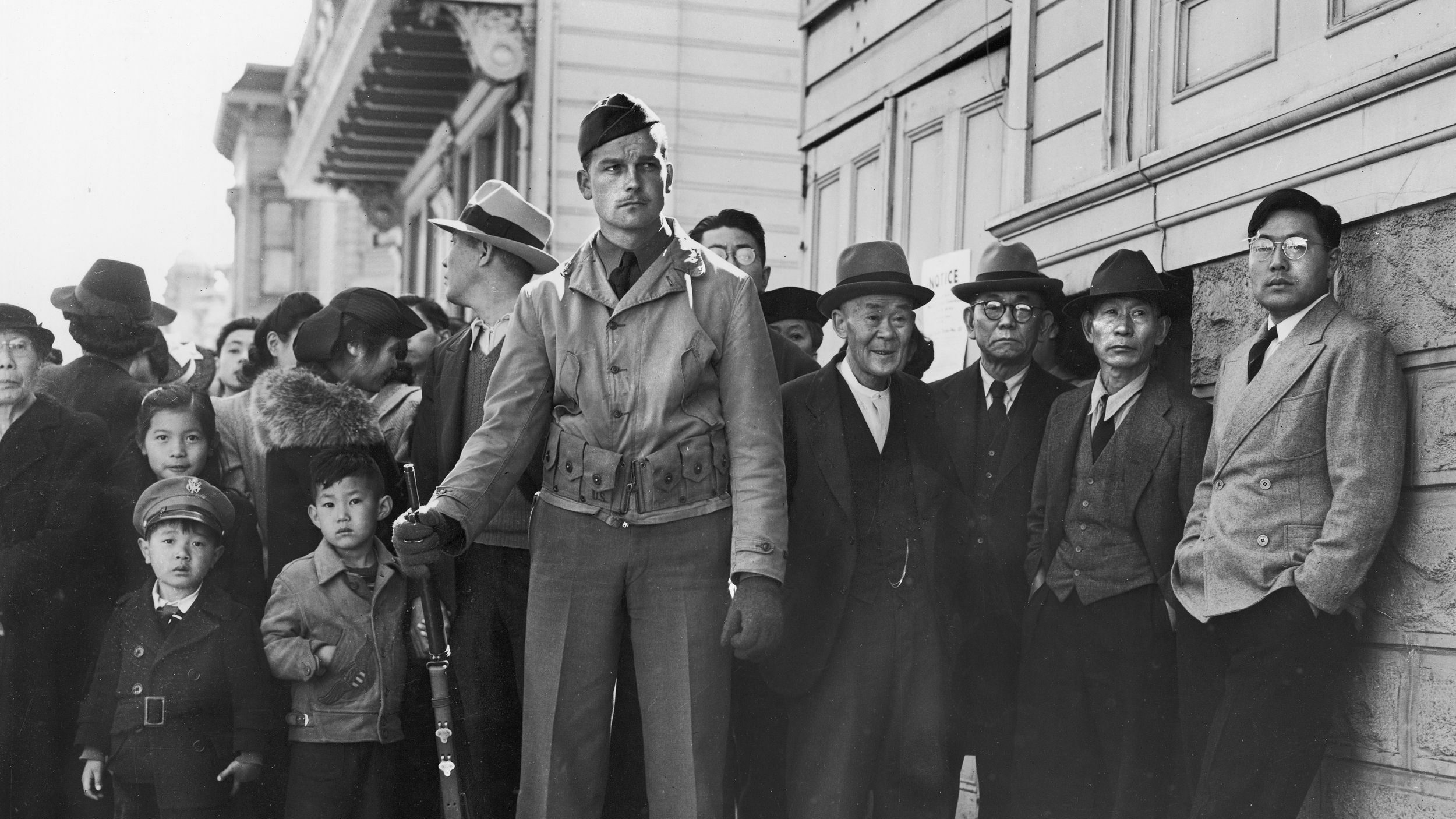
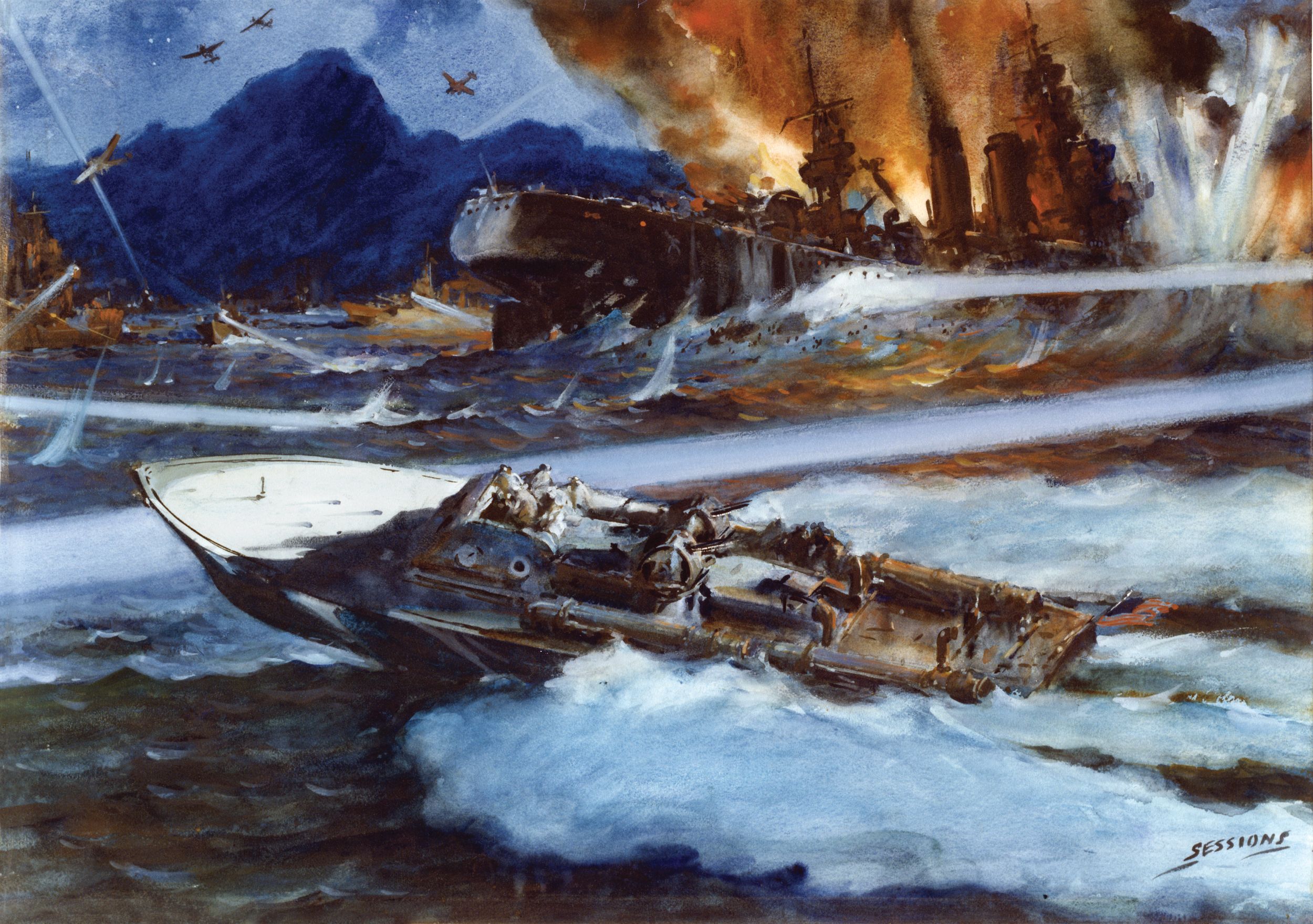
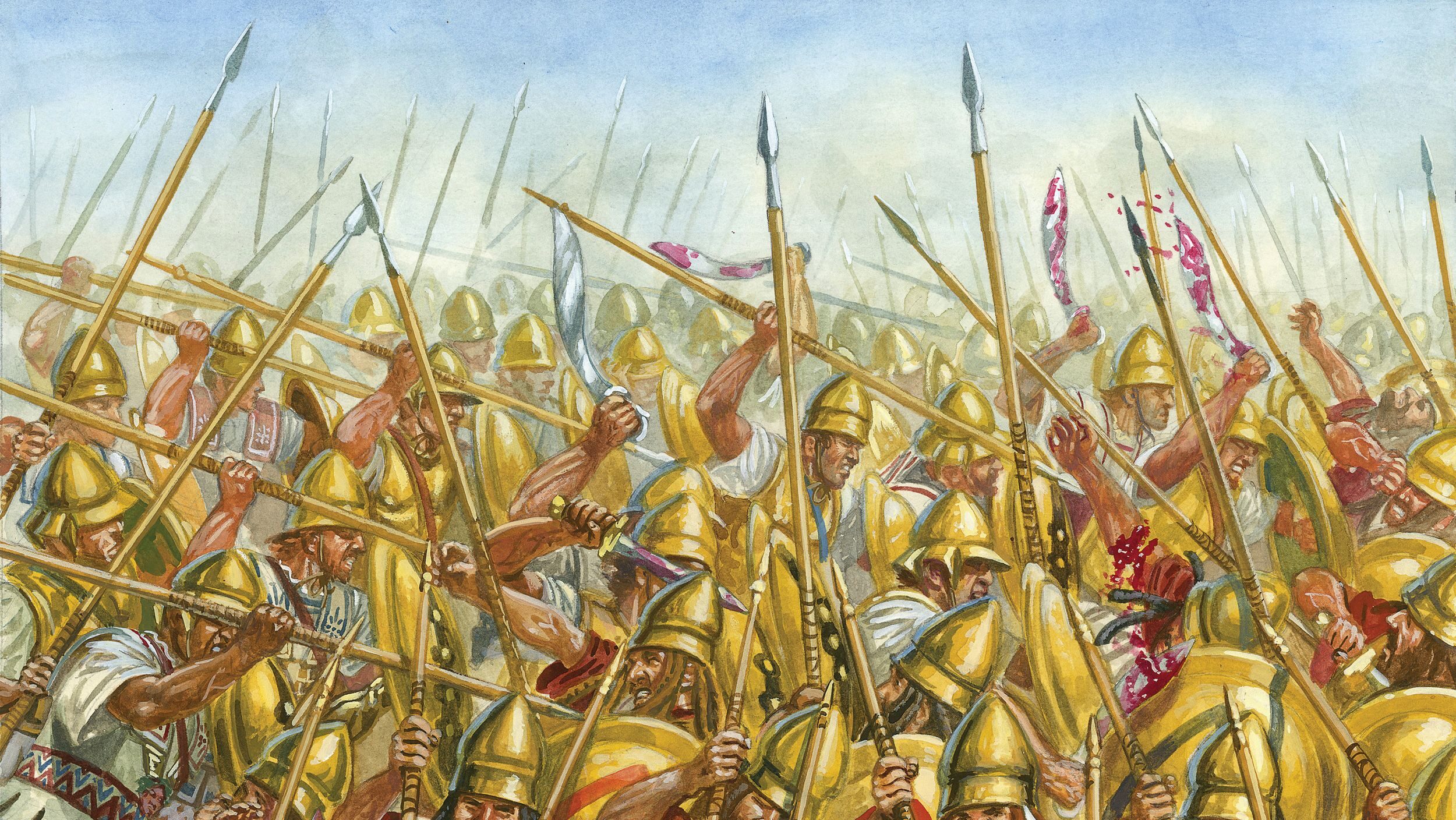
Join The Conversation
Comments
View All Comments